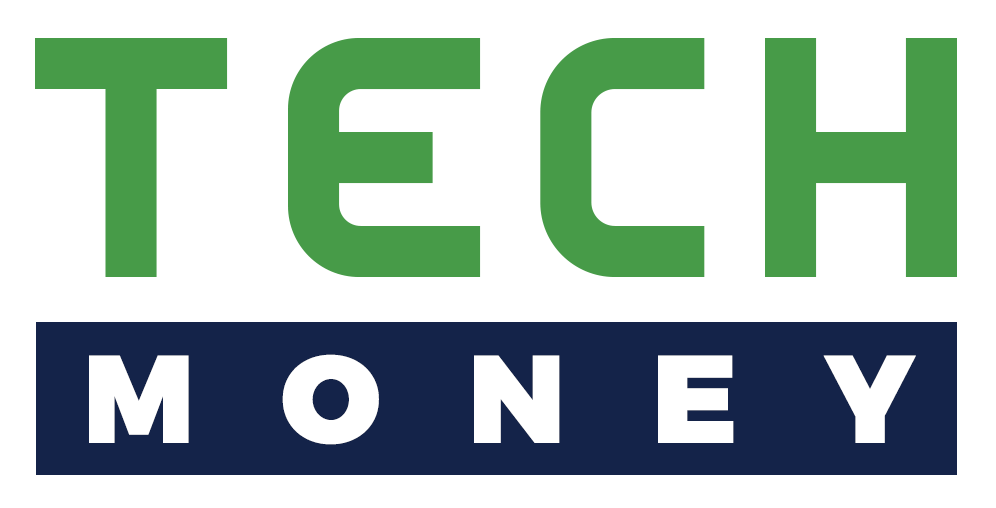When it comes to saving for retirement, it is never too early to start, but the last decade or so before you reach retirement age can be especially critical. By then, you will probably have a pretty good idea of when (or if) you want to retire, and, more importantly, still have some time to make any necessary adjustments. With the proper planning and a willingness to save and invest, the odds of catching up are not insurmountable.
If you discover that you are behind on your savings goals and need to put more money away, the conventional recommendations are to maximize annual contributions to your workplace retirement account, pay off any outstanding debts, contribute to a traditional or Roth IRA, and perhaps utilize the cash value of a permanent life insurance policy.
It goes without saying that it is a good practice to discuss the tax implications of any new strategy with your tax preparer before making any major changes. However, there are a few additional options to turbocharge your retirement savings that are often overlooked and underutilized.
Make Catch-Up Contributions
With over 62% of Americans falling behind on saving for their retirement, according to a recent Economic Policy Institute survey, the Federal Government has become increasingly concerned about individuals’ ability to provide for themselves in their old age. For that reason, the IRS has decided to allow people 50 and older to make IRA contributions larger than the standard limits – dubbed “catch-up” contributions. The IRS imposes limits on catch-up contributions and on how much you can contribute to your tax-deferred retirement accounts each year.
When it comes to both traditional and Roth IRAs, savers can contribute an additional $1,000 for the year. However, when it comes to 401(k)s and similar workplace plans, the IRS allows contributions of an additional $6,500. Together, this allows a person who participates in their employer’s retirement plan and maintains an individual retirement account to add an extra $7,500 to their tax-advantaged savings total in the years leading up to retirement.
It is important to note that even if you do not reach the age of 50 until December 31 of that calendar year, you can still make the additional $6,500 catch-up contribution for the year.
Make Non-Deductible Contributions
When your household income reaches a certain limit, the IRS stops allowing you to receive a tax deduction for making contributions to a traditional IRA. Thus, a non-deductible IRA contribution is made using after-tax dollars. It is important to note that the same annual contribution limits apply here.
Additionally, some employers will allow workers to make non-deductible contributions into their 401(k) plan. Unlike your traditional 401(k) contributions, these contributions are taken from your paycheck after taxes have already been taken out. Unfortunately, not all employers allow employees to make after-tax 401(k) contributions. But if yours does, it is certainly worth considering.
For the year 2020, the maximum 401(k) contribution a 50-year-old is permitted to make, including employer matching contributions, is $63,500 . For example, if you contribute the full allowable contribution of $26,000 and your employer matches the full $19,000 allowed, you will still be able to add an additional $18,500 in after-tax 401(k) contributions.
Remember, traditional 401(k)s are tax-deferred accounts. This means that the IRS taxes you when you start withdrawing money in retirement. At that point, the money you take out is taxed as ordinary income.
One key advantage to making after-tax 401(k) contributions is that the earnings from these extra contributions grow tax-free. Another advantage is being permitted to roll after-tax contributions into a Roth IRA even after you have separated from your employer.
When executed correctly, employees may convert after-tax contributions in their 401(k) into their Roth 401(k) and only owe taxes on the portion attributable to earnings. To make this process simpler, the earnings portion can be rolled over to a traditional IRA to maintain their tax-deferred status.
Establish a Consulting Practice
When it comes to codifying experience, many people think writing a book is the secret formula to achieving status and success. And for good reason. If your book sells reasonably well, you can become a Rockstar in your industry and get invited to give keynote presentations and participate in panel discussions.
However, it is important to keep in mind that writing a book takes a considerable amount of time and effort, and there is no guarantee that, once published, your book sales will skyrocket. In the meantime, there are plenty of opportunities to write for an online trade publication, create and teach online courses, or administer short-term consulting gigs. That way, if your book never takes off like you hope it will, all is not lost.
These activities will allow you to continue earning your normal salary and allocate those dollars to existing expenses and activities, while earning additional income that can be ear-marked in a separate account for increased retirement savings.
Become a Board Director
Similar to the idea of leveraging one’s expertise to become a consultant, board membership offers a high-impact way to leverage your unique skill set and work experience, while working on a flexible basis. Companies of all sizes need board members with proven expertise starting, running, and growing successful businesses.
Outside of the Fortune 100, board members on average receive a base retainer fee that starts around $25,000 annually and can increase depending on the company’s annual revenues and corporate complexities. In addition, they may be paid a fee for each annual board meeting and any other emergency meetings, including telephone calls and WebEx conferences.
In many cases, firms have a provision to allow senior level managers to serve on boards while working full time, as long as the company is not a direct competitor. Just be sure you have the time for such a commitment. Saying “yes” to a board seat can carry a commitment of ten or more years.

